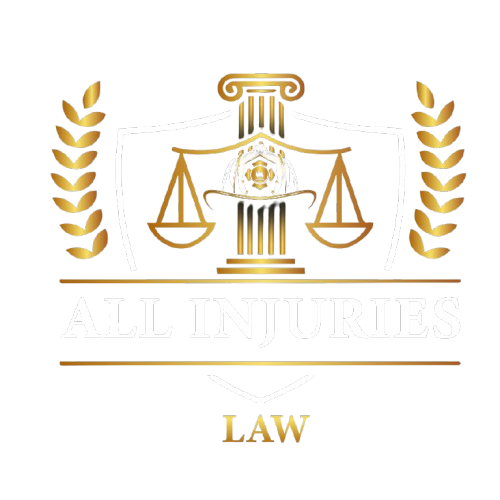Personal injury law and fire safety regulations are closely related, especially when it comes to fire-related accidents. It is imperative that both plaintiffs and legal practitioners comprehend the ways in which these regulations influence personal injury cases. This is a deep and thorough examination of the ways in which fire safety laws impact situations involving personal injuries and the consequences associated with noncompliance.
How Fire Safety Regulations Influence Personal Injury Cases
Fire safety laws aim to prevent accidents and save lives. These rules include fire suppression systems, emergency exits, building codes, and fire alarms. Noncompliance with these standards may result in fatalities or severe injuries, affecting personal injury claims in several ways.
Establishing Liability: In cases involving personal injuries, it may be necessary to prove liability when fire safety laws are broken. For instance, a property owner may be held liable for violating safety regulations if the owner neglects to maintain a fire alarm system and someone is hurt in a fire.
Impacting Damages: Compensation awards may vary depending on whether fire safety laws are broken. Higher compensation for medical costs lost wages, and pain and suffering may be awarded if it can be demonstrated that noncompliance increases the degree of injuries or damage.
Regulatory Compliance Evidence: In situations involving personal injuries, adherence to fire safety standards is frequently cited as evidence. Documentation such as maintenance records, inspection reports, and safety certifications can prove whether safety requirements were followed.
Examples of How Legal Repercussions Are Affected by Fire Safety Compliance or Violations
Here are some actual cases that demonstrate how legal cases may be affected by fire safety compliance or violations:
Case Study 1: Building Fire Due to Faulty Wiring A fire broke out in an apartment building because of faulty electrical wiring that was not up to code. Should it be demonstrated that the wiring was not examined or fixed by fire safety codes, the property owner may be held accountable. A significant factor in determining responsibility is a safety code violation. Plaintiffs may pursue damages for property loss and physical injuries like burns or breathing problems.
Case Study 2: Lack of Fire Alarms in a Commercial Building During a fire in a commercial building, it was discovered that the fire alarm system was not operational due to poor maintenance. The injuries may have been partly caused by the building management’s negligence in ensuring the system was operating as required by law. The argument would center on how the noncompliance made the injuries worse and how that affected the lawsuit’s outcome.
Case Study 3: Inadequate Fire Exits in a Hotel In a hotel fire, injuries occur due to blocked and inadequately marked fire exits. The hotel’s disregard for fire safety rules about emergency exits may be used as evidence of carelessness. The emphasis would be on how inadequate fire safety precautions caused the injuries and the lawsuit’s outcome.
Conclusion
The interaction between personal injury legislation and fire safety rules is crucial in cases involving fire-related accidents. Infractions of these rules can substantially affect responsibility, damages, and litigation tactics in personal injury cases. In fire safety concerns, plaintiffs and legal professionals must comprehend this intersection to guarantee justice and just compensation.

